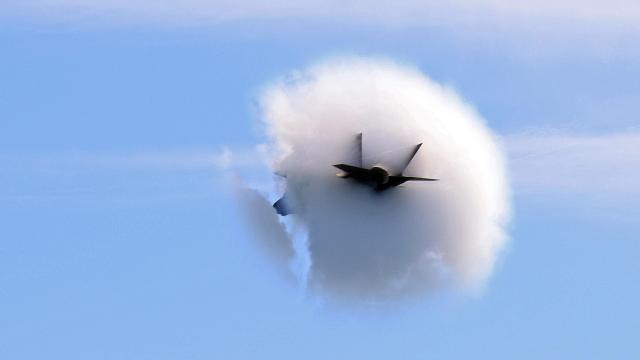Researchers in China claim to have developed a hypersonic engine capable of propelling a plane up to speeds of Mach 9, nine times the speed of sound. Interesting Engineering reported that Liu Yunfeng, a senior Chinese Academy of Sciences engineer, led the team that created the unique detonation wave engine. The engine generates thrust via detonating kerosene in a series of explosions instead of continually like combustion engines. Earlier this month, technical information on the kerosene-powered engine was published in the peer-reviewed Journal of Experiments in Fluid Mechanics.
Besides the absurdly-high claimed speeds, the engine’s use of kerosene-based jet fuel has gotten the attention of many. The Chinese-designed hypersonic engine runs on RP-3 jet fuel. According to Shell, RP-3 is Chinese export-grade aviation fuel, equivalent to Jet A-1, used by commercial airliners in the United States. Despite being difficult to detonate, Yunfeng believes that aviation kerosene is ideal for all air-breathing engines because of its energy density and ease of storage and transportation.
The hypersonic detonation wave engine successfully underwent ground tests in Beijing. While hypersonic propulsion has primarily been used for military purposes, several ventures on both sides of the Pacific Ocean foresee its use on commercial aircraft. Houston-based Venus Aerospace hopes its hypersonic plane will transport passengers from Tokyo to Los Angeles in an hour. However, there are many financial and logistical hurdles in the way of transoceanic flights measured in minutes instead of hours.
Recently, Russia used a hypersonic missile against a Ukrainian arms depot in western parts of the country back in March. The technology the Russians used, however, was not particularly advanced.
But next-generation hypersonic missiles being developed by China, America and Russia do pose a rather significant threat to both national and global security. The reason these systems pose a threat is due to their ability to manoeuvre along their trajectory as their flight paths can change as they travel.
Hypersonic weapons can also fly at higher altitudes than subsonic missiles but lower than intercontinental ballistic missiles. Neither the U.S. and its allies or China (or Russia for that matter) have decent tracking coverage for this in-between region.
